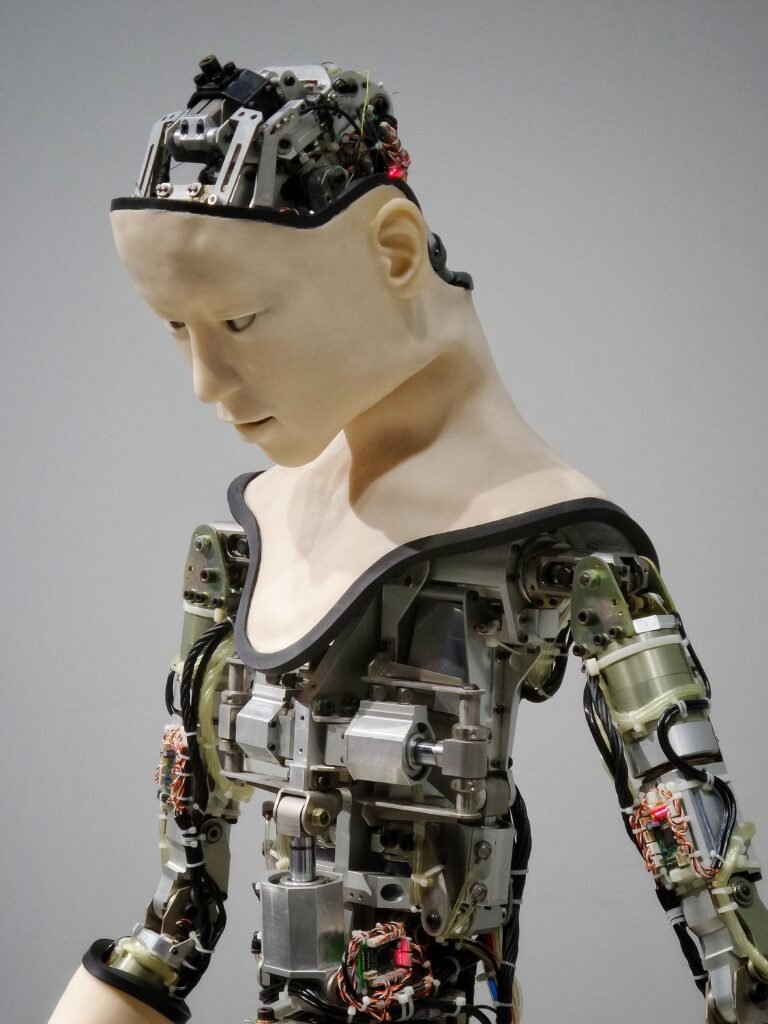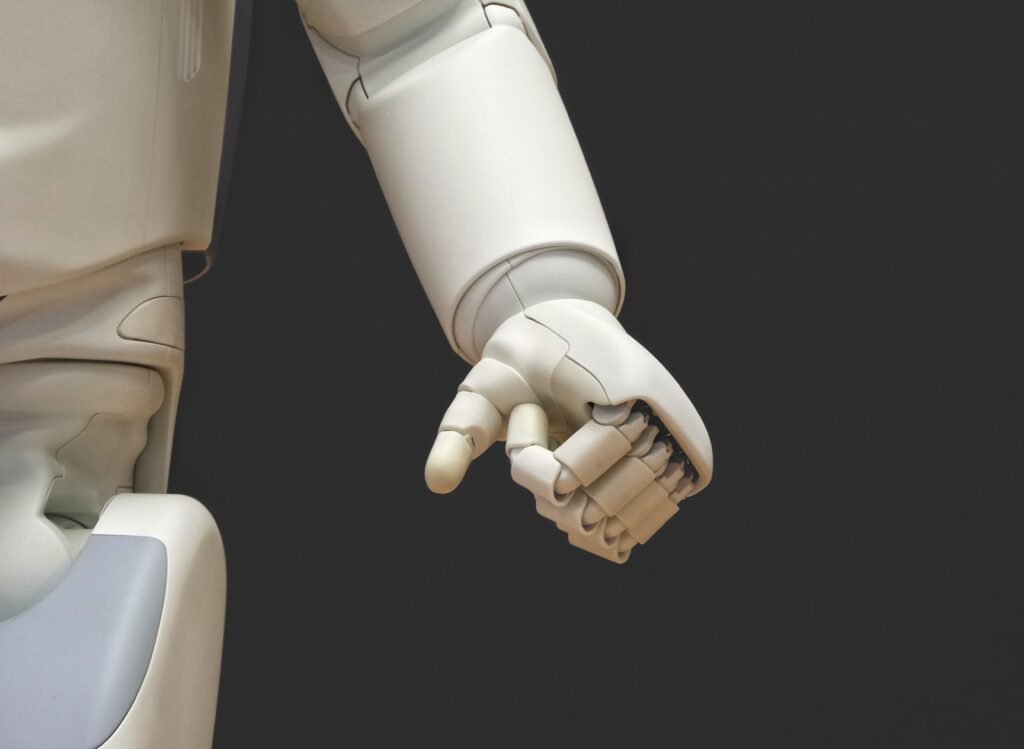OpenAI, a private research laboratory founded in 2015 by Elon Musk, Sam Altman, and others, is on a mission. Their goal? To work tirelessly towards the development of safe artificial general intelligence (AGI) that can benefit humanity. OpenAI is not only focused on creating groundbreaking AI technology but also on collaboration with other research organizations and individuals. They believe in openness, keeping their research and patents available to the public. The company has already made significant contributions to the field, with products like GPT-3, Dall-E, Clip, ChatGPT, Codex, and Whisper. Their partnership with Microsoft, along with a multibillion-dollar investment, further solidifies their commitment to advancing AI-based products. However, OpenAI has not been without its fair share of critiques, facing scrutiny over its profit-driven model and concerns about transparency and product safety. Nonetheless, OpenAI remains steadfast, consistently releasing new advancements in language model technology, with their latest release being GPT-4. With plans for future growth and their first developer conference, OpenAI DevDay, on the horizon, OpenAI’s mission to create safe AGI is unwavering.
OpenAI’s Mission
Introduction
OpenAI, a private research laboratory established in 2015, is dedicated to the development and direction of artificial intelligence (AI) for the betterment of humanity. With a focus on creating safe artificial general intelligence (AGI), OpenAI is committed to ethical practices and a collaborative approach to drive innovation in the field of AI.
Founders
OpenAI was founded by visionary entrepreneurs Elon Musk, Sam Altman, and a group of other influential individuals. They recognized the immense potential and societal impact of AI and came together to establish OpenAI with a mission to ensure its responsible development.
Collaboration
In alignment with their mission, OpenAI strongly believes in collaboration. They actively seek partnerships and work closely with other research organizations, individuals, and institutions to foster collective intelligence. OpenAI is committed to sharing knowledge, insights, and resources to accelerate advancements in AI for the benefit of everyone.
Open Research and Patents
OpenAI is unique in its approach to research and patents. They have embraced openness by making most of their research and findings freely accessible to the public. Instead of pursuing exclusive intellectual property rights, OpenAI aims to create a more inclusive and transparent environment where the AI community can learn, build upon, and collectively advance the field.
OpenAI’s Products
GPT-3
OpenAI’s most prominent product is GPT-3 (short for “Generative Pre-trained Transformer 3”). GPT-3 is a state-of-the-art language model that has achieved remarkable results in various natural language processing tasks. It can generate human-like text, answer questions, write code, translate languages, and much more. GPT-3 has garnered significant attention for its versatility and potential applications across different industries.
Dall-E
Dall-E is another groundbreaking AI product developed by OpenAI. It is an image generation model capable of creating highly realistic images from textual descriptions. By understanding the details and context provided in the text, Dall-E can generate novel and imaginative visuals that are not only visually stunning but also conceptually coherent.
Clip
Clip is an AI model developed by OpenAI that understands and interprets images and text together. It combines visual perception with language understanding to provide a more comprehensive understanding of content. Clip can accurately classify and interpret images based on their text descriptions and vice versa, enabling a wide range of applications in image recognition, captioning, and more.
ChatGPT
ChatGPT is designed to facilitate natural and engaging conversations with users. It offers a chat-based interface through which users can interact with the AI using plain text. ChatGPT can understand and respond to queries, offer suggestions, and provide detailed information on various topics. It has been widely used as a tool for generating text, answering questions, and assisting users in their specific tasks.
Codex
Codex is an AI model developed by OpenAI that is specifically tailored for code generation. It can read and understand code from various programming languages and generate new code based on the given context and requirements. Codex has proven to be a valuable resource for developers, providing assistance, speeding up coding tasks, and offering intelligent suggestions for efficient programming.
Whisper
OpenAI’s Whisper is an automatic speech recognition (ASR) system that converts spoken language into written text. Whisper has been trained on an extensive amount of multilingual and multitask supervised data, making it highly accurate and versatile in recognizing speech across different languages and speech domains. It can be applied in various domains, from transcription services to voice commands in user interfaces.

Partnership with Microsoft
Investment
OpenAI’s collaboration with Microsoft is a significant milestone in their journey. In 2020, Microsoft made a substantial multibillion-dollar investment in OpenAI, further strengthening their partnership. This investment has laid the groundwork for both companies to cooperate on joint AI research and develop new technologies that will shape the future of AI.
Enhancing AI-based Products
Through their partnership, OpenAI and Microsoft are working together to enhance AI-based products and services. Microsoft’s expertise and resources combined with OpenAI’s cutting-edge research and development capabilities contribute to the evolution of AI technologies. This collaboration aims to bring forth innovative solutions and advancements in AI while prioritizing ethical practices and ensuring the safety and well-being of users.
Criticism and Concerns
Profit-driven Model
OpenAI faced criticism for its shift towards a profit-driven model. Some critics argue that this approach might compromise the company’s commitment to its original mission of developing AGI for the benefit of humanity. Concerns have been raised about potential conflicts of interest and the potential prioritization of profit over societal well-being.
Lack of Transparency
Another criticism aimed at OpenAI is the perceived lack of transparency in product development. Critics argue that the company should be more open about their decision-making processes, model development, and deployment protocols. Increased transparency is seen as essential in building trust and fostering accountability within the AI community and society at large.
Accuracy and Safety of Products
The accuracy and safety of OpenAI’s products have also been subjects of concern. While the AI models developed by OpenAI demonstrate impressive capabilities, they are not without their limitations and vulnerabilities. Some critics worry about potential biases in the models’ training data, the potential for malicious use, and the risks associated with AI systems making consequential decisions without proper oversight.

Continued Advancements
GPT-4 Release
Despite the criticism and concerns, OpenAI remains committed to advancing the field of AI. They continue to push the boundaries of language models, and the most recent release is GPT-4. Building upon the success of its predecessors, GPT-4 exhibits even more sophisticated language understanding and generation capabilities. OpenAI’s ongoing efforts in research and development aim to refine these models further, addressing limitations and making them more robust, reliable, and valuable for various applications.
Revenue Growth
Projected Growth
OpenAI projects significant revenue growth in the coming years. As AI technologies become increasingly integrated into various industries, the demand for OpenAI’s products and services is expected to rise. With their commitment to ethical practices and collaboration, they are well-positioned to capitalize on the expanding AI market and continue generating sustainable revenue streams.





